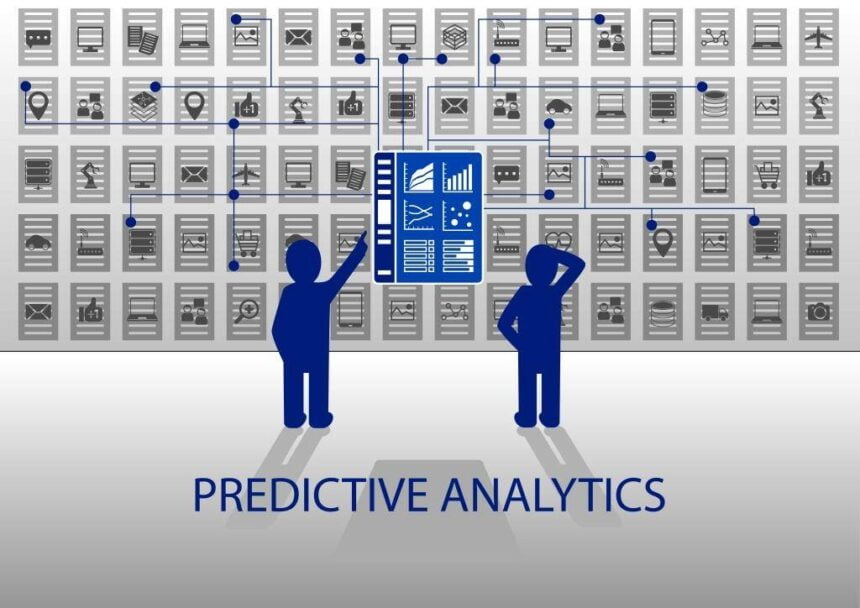Modern marketing is highly contingent on big data. One of the most important applications of big data in the marketing sphere is predictive analytics. Countless organizations are looking for new ways to use predictive analytics to get more out of their marketing strategy. One of the newest strategies is using predictive analytics with point-of-sale data to gauge customer trends.
You will probably be shocked to hear about the amount of data some companies use. Walmart alone processes over 2,500 terabytes of purchasing data every single hour. Even a lot of smaller companies can use big data highly effectively.
Smaller companies might not get as much data as a large organization like Walmart. However, they might find that the ROI of that POS data can be a lot higher. This is one of the many reasons how a POS system is useful. Why is this the case? They tend to operate on much larger profit margins, so their ability to cut costs can be a great way to boost their ROI.
Predictive analytics and POS data are extremely compatible
Almost every mature company has a gold mine of data at its fingertips. Unfortunately, many companies are not utilizing data to its fullest potential.
According to an estimate published in Inc., a whopping 73% of all organizational data is never used. Companies tend to only use the data that they consciously collected for a specific purpose. Paradoxically, the data they intentionally use is not always the data that is most valuable.
POS data is a prime example. Every day, companies collect data on dozens, hundreds or even thousands of customers. This data can be extremely valuable if it is properly mined. The problem is that companies don’t use it right.
An astute company can create an excellent predictive analytics model with data that is collected at the point of sale. There are a number of ways that companies can use predictive analytics models with point-of-sale data. Some of the biggest benefits are listed below.
Understanding the nuances of new trends
The most obvious application of predictive analytics in the marketing profession is with forecasting purchasing trends. Smart marketers want to identify products that are becoming increasingly popular.
Unfortunately, overly broad predictions can be ineffective. You might find that data that you collect on the national or global level is barely useful in the vast majority of markets that you are serving. Of course, this is going to be industry dependent. Some industries observed that there is a little difference between demand for various products across different markets. In other industries, the market can be extremely different between two cities that are just 50 miles apart.
If you are developing a marketing strategy for a company where demand varies tremendously by region, then it is essential to create a predictive analytics model that accounts for locality. POS data can be essential here. POS data can be organized by city, which makes it a lot easier to notice regional trends with the right predictive analytics algorithm.
Appreciating the interests of various demographic sectors
Predictive analytics models aren’t just useful for identifying geographic trends. They can also be highly useful for identifying behavior of different consumer demographics.
A growing number of retailers are finding ways to Identify demographic variables of purchasers. The most common way they do this is by asking customers to sign up for rewards cards, which required them to talk about their demographic information. Companies are also asking customers to provide demographic data when creating e-commerce accounts.
Companies can easily monitor POS data to see how different demographics are behaving. This makes it easier for them to identify purchasing trends and market accordingly.
Improving employee management
Big data can also be useful for managing employees more effectively. Talech, a US Bank company, talks about this in detail in this blog post:
“Even if you don’t run a multi-location business, chances are you know just how hard it can be to keep an eye on your employees around the clock. After all, you have to sleep at some point, right? Luckily, many modern POS systems are able to integrate with labor and staff management apps that give you a closer look at what your employees are doing, even if you’re not physically present.”
POS data is essential to marketing
Predictive analytics is extremely valuable in the marketing industry. Companies are relying more heavily on POS data to create highly effective predictive analytics models, which is helping them get the highest possible ROI on their campaigns.

